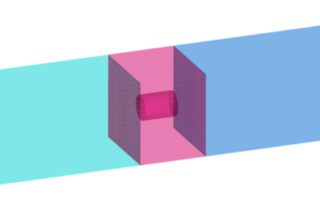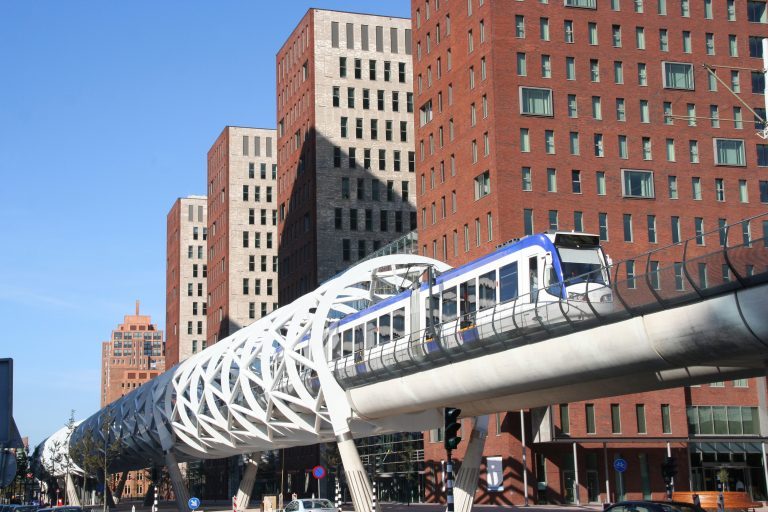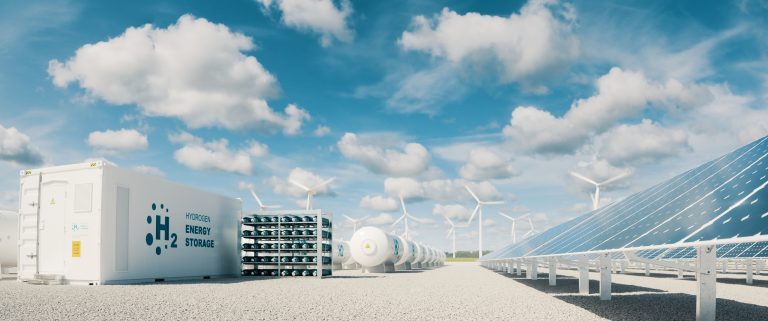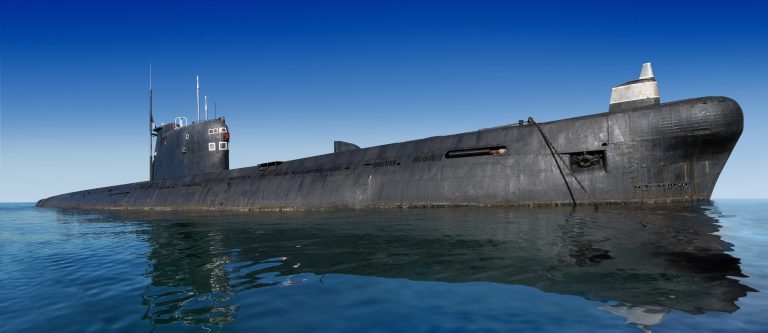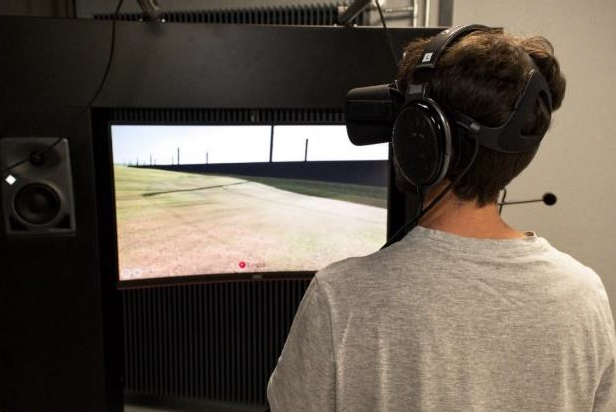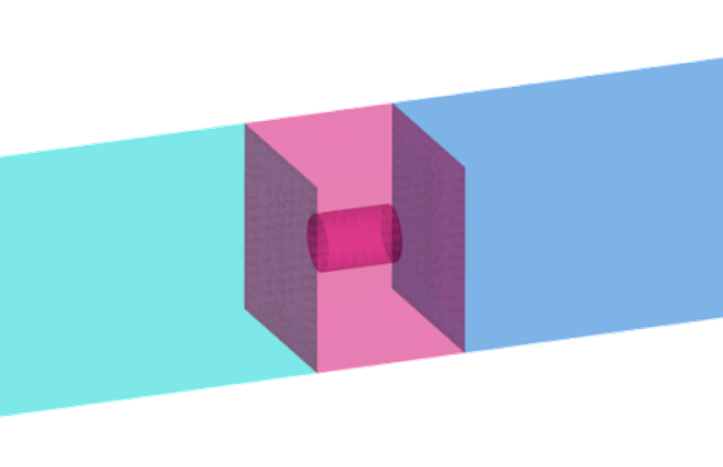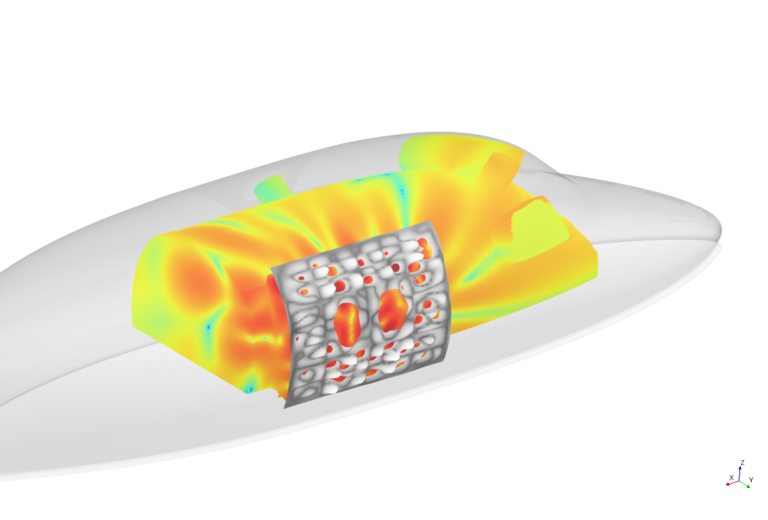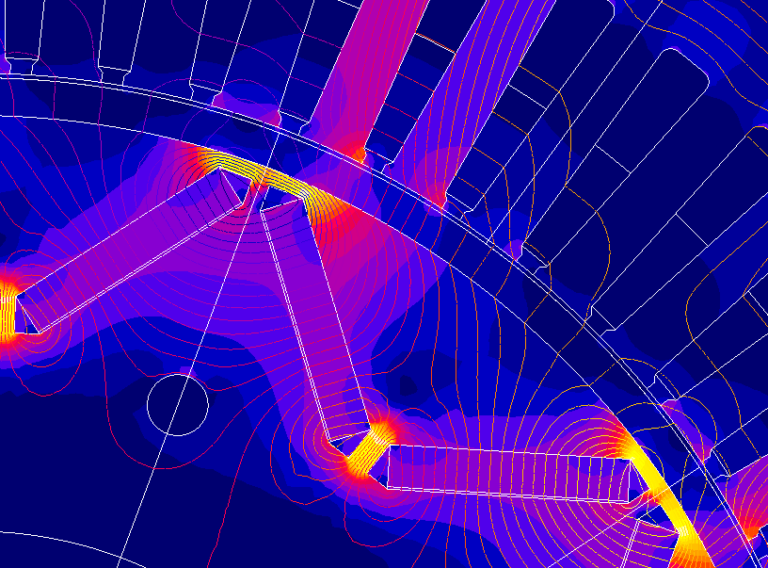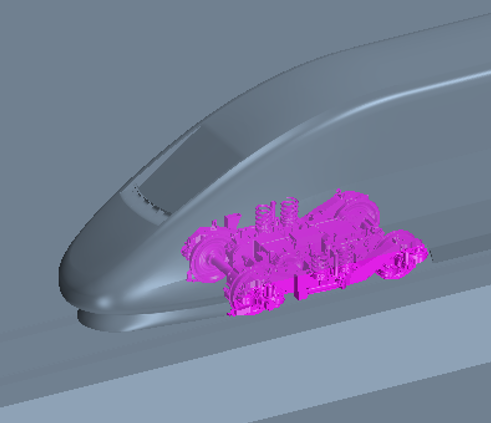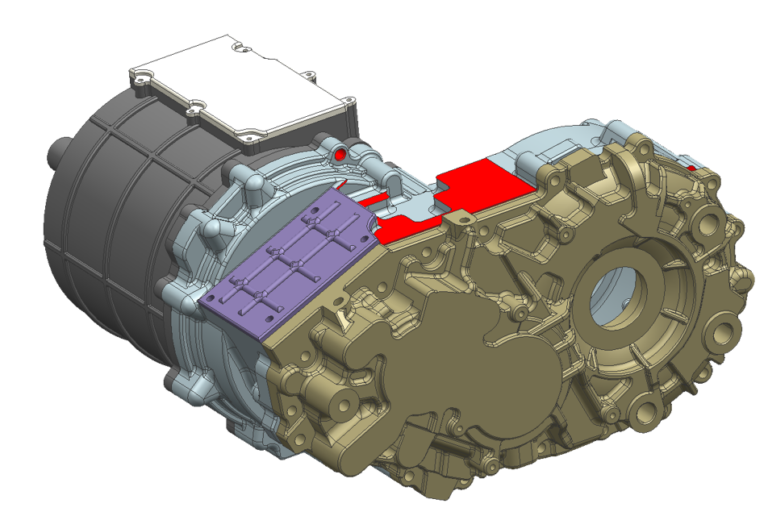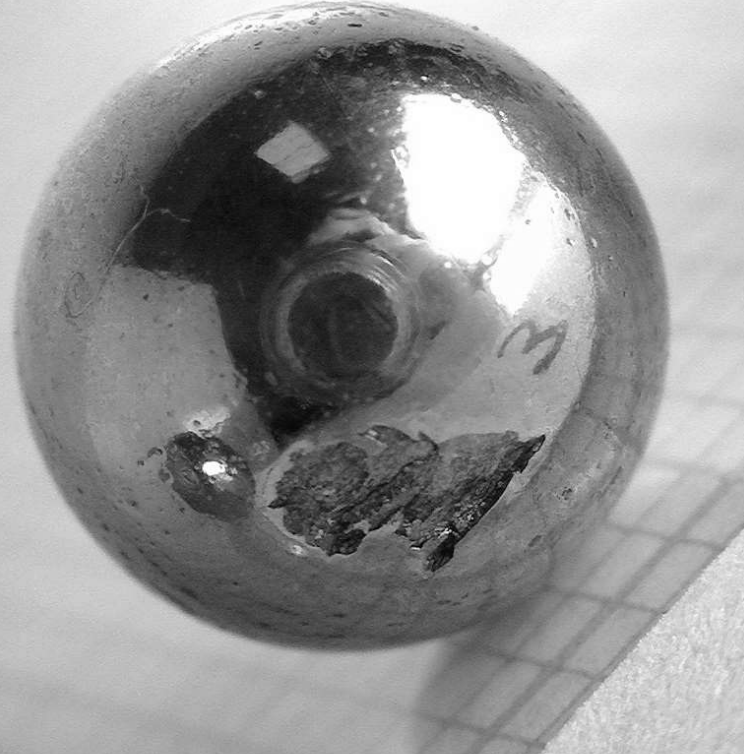This publication illustrates Vibratec’s ability to implement vibro-acoustic modeling of complex physical phenomena, applied here to optimizing the acoustic insulation of viscoelastic materials in water.
A finite element modeling approach was used to calculate the acoustic transparency of double-periodic hyper-viscoelastic panels (Alberich-type panels) under high water pressure. The method comprises two stages. First, the non-linear static behavior under high water pressure was estimated using a non-linear finite element solver. In particular, the model included contacts, large deformations and hyperelastic material properties (Mooney-Rivlin). An acoustic finite element model was then constructed on the basis of the static results (static deformation, viscoelasticity), so that the acoustic transparency of the panel could be calculated as a function of frequency, water pressure and temperature. Thanks to this simulation method, the acoustic performance of a cladding can be optimized, and the influence of environmental conditions on acoustic properties can be studied: low- and high-frequency behavior, modal behavior.

